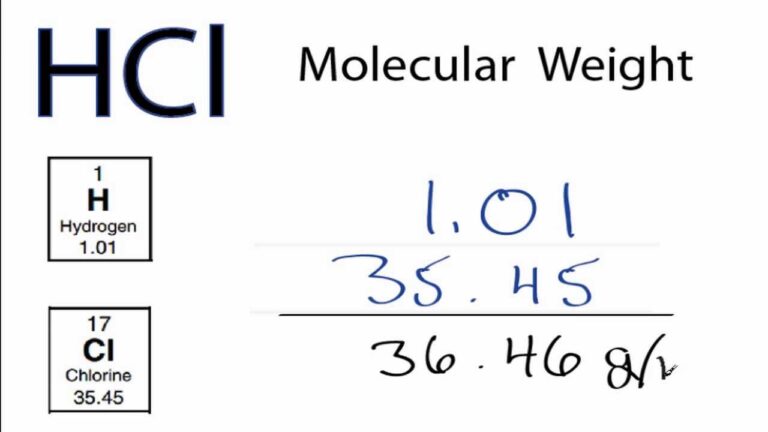The Ultimate Guide to Understanding Molar Mass of Copper
Copper is an essential element that plays a significant role in our daily lives. It is a component of many common products, such as electrical wires, plumbing fixtures, and even the coins in our pockets. However, copper’s importance extends beyond its practical applications. This article will explore the concept of molar mass copper, which is a fundamental concept in understanding the properties of this essential element.
Molar mass is the mass of one mole of a substance. A mole is a unit of measurement used in chemistry to express amounts of a chemical substance. In simpler terms, molar mass copper is the mass of one mole of copper. The molar mass of copper is an essential concept because it plays an important role in many chemical reactions involving copper.
The molar mass of copper is approximately 63.5 grams per mole. This means that one mole of copper has a mass of 63.5 grams. Knowing the molar mass of copper is important in many applications, such as in stoichiometric calculations. Stoichiometry is a branch of chemistry that deals with the quantitative relationships between reactants and products in chemical reactions. In stoichiometric calculations, the molar masses of the reactants and products are important because they allow us to determine the theoretical yield of a reaction.
In addition to its importance in stoichiometry, the molar mass of copper is also crucial in understanding the physical properties of this element. Copper is a metal with a unique set of properties, including its high electrical conductivity and ductility. The molar mass of copper is a factor in determining these properties. For example, the high molar mass of copper means that it has a relatively high melting point and boiling point compared to other metals with lower molar masses.
The molar mass of copper is also important in understanding the properties of copper compounds. Copper forms a wide variety of chemical compounds, such as copper sulfate and copper carbonate. The molar mass of these compounds is determined by the molar mass of copper and the molar masses of the other elements in the compound. For example, the molar mass of copper sulfate is approximately 159.6 grams per mole. This value is calculated by adding the molar mass of copper (63.5 grams per mole) to the molar masses of sulfur and oxygen.
To summarize, the molar mass of copper is a fundamental concept in understanding the properties of copper and its compounds. It plays a crucial role in many applications, such as stoichiometry and the determination of physical and chemical properties. Understanding the molar mass of copper is essential for anyone studying chemistry or working with copper and its compounds.
Below are some examples of products that contain copper:
- Copper wires – Copper wires are used in electrical circuits due to copper’s high electrical conductivity.
- Copper plumbing fixtures – Copper plumbing fixtures are often used in homes and buildings due to copper’s resistance to corrosion.
- Copper coins – Copper is one of the main components of US pennies and other coins.
Conclusion
In conclusion, the molar mass of copper is a crucial concept in understanding the properties of this essential element. Knowing the molar mass of copper is important in many applications, such as stoichiometric calculations and the determination of physical and chemical properties. Additionally, understanding the molar mass of copper is essential for anyone working with copper and its compounds.
Most searched products:
Does Sephora Support Israel? Answering Your Questions
The Ultimate Guide to Azealic Acid: Benefits, Uses, and Side Effects
How Long Does Glycolic Acid Take to Show Results: Your Ultimate Guide
Discover the Benefits of The Ordinary Botox for Your Skin
Say Goodbye to B.O with Glycolic Acid Deodorant: The Secret to Long-Lasting Freshness
The Ultimate Reviews of The Ordinary Peeling Solution
Deciem Edinburgh
Unveiling the Magic of Hyaluronic Acid: Benefits and Uses Explained
Unveiling the benefits of The Ordinary Buffe serum for healthier skin
10 Amazing Facts about Black Circles and their Meanings










